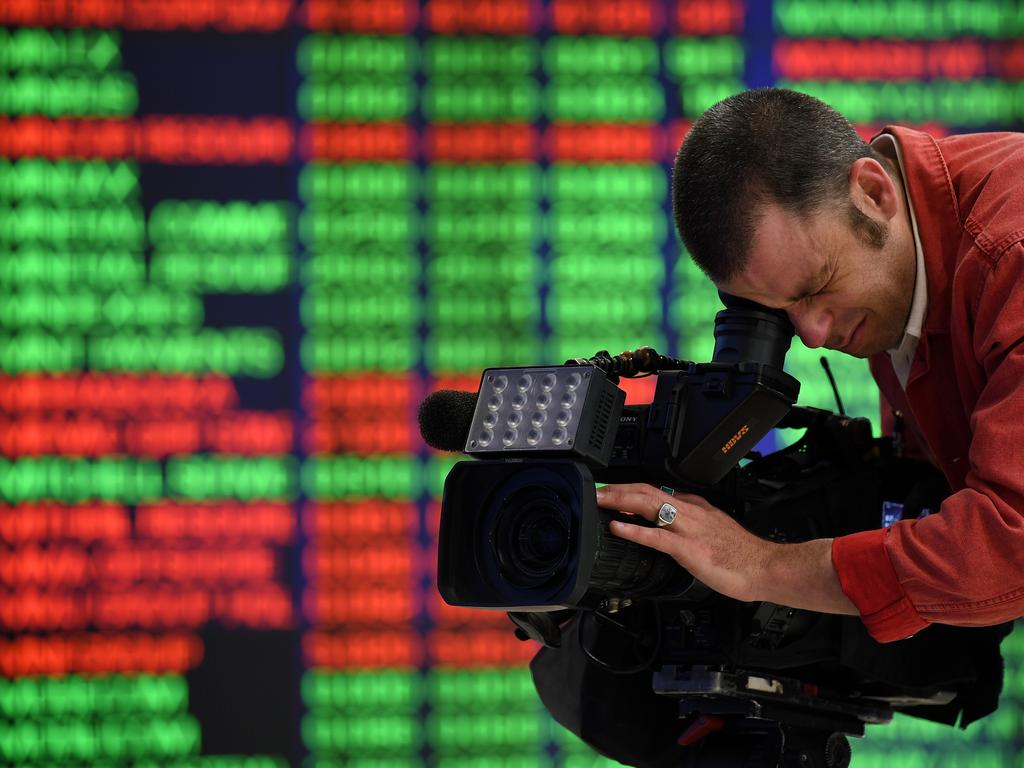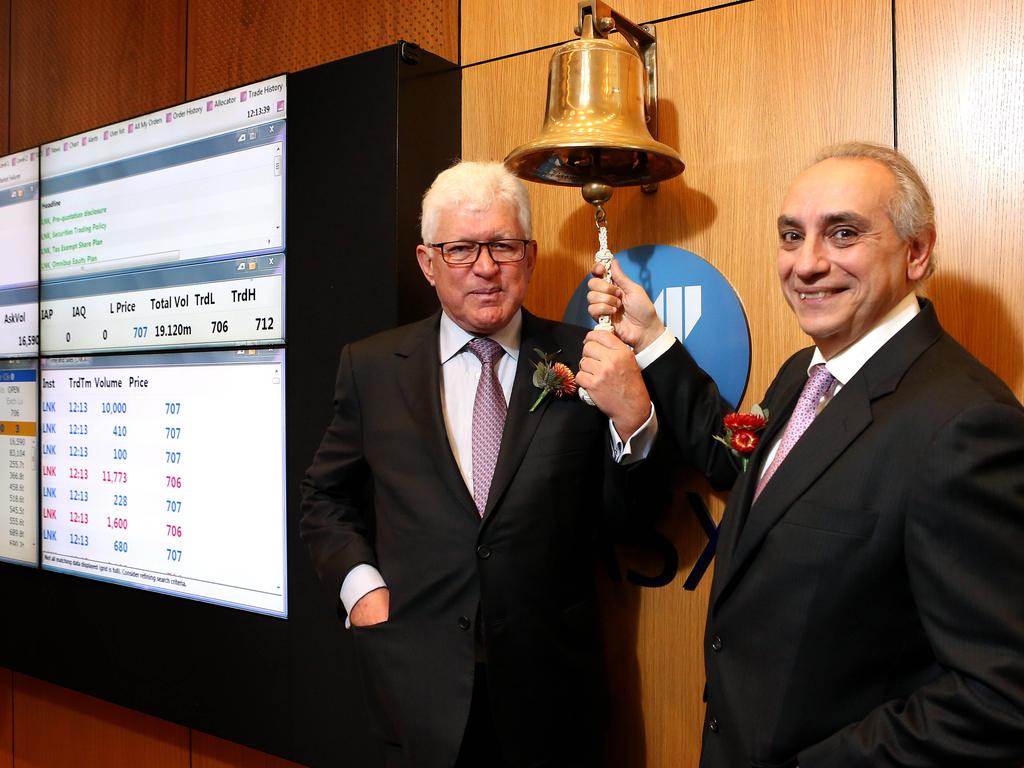Gas in the mix for years, says AGL
AGL Energy argues gas will need to remain in the state’s generation mix even as it transitions to renewables.

AGL Energy has defended the case for its planned Crib Point LNG import terminal on Victoria’s Mornington Peninsula, arguing the fossil fuel will need to remain in the state’s generation mix even as it transitions to renewables.
On the opening day of a public inquiry assessing the facility, AGL said users would require gas for many years to come despite a shift to clean energy.
“Even with all the best intentions in the world, having industry and large segments of industry transitioning plant within that timeframe to alternative energy sources is unrealistic and potentially threatening to both the cost of energy and the continuance of industry over that period of time,” Christopher Townshend QC, acting for AGL, told the public hearing.
More than 4000 submissions have been received to the inquiry including the views of federal Health Minister Greg Hunt, who said there was overwhelming community opposition to the terminal, arguing it was the wrong location for a large industrial facility.
Opponents of the project have pointed to competing sources of supply, including Santos’s Narrabri coal-seam gas project in NSW that just won planning approval, along with a raft of rival LNG import plants including the Andrew Forrest-backed Port Kembla project. Others have pointed to ambitious plans by the Victorian government to chase a 50 per cent renewable energy target over the next decade, querying whether there would be a place for gas in the energy mix.
However, AGL said a variety of supply sources would be required in addition to Narrabri and Port Kembla.
“The scale of the anticipated shortfall in natural gas supply cannot realistically be expected to be met by any one facility alone,” Mr Townshend said.
“Furthermore, neither of the recently approved facilities can properly be considered a true substitute for the project given their geographic location and capacity constraints that exist in the gas transmission network.”
Figures from the Australian Energy Market Operator show Victoria, NSW and South Australia could experience gas shortages on peak demand days from 2023 as production from big offshore fields starts to dwindle, raising pressure on big users trying to secure long-term supply deals.
New forecasts from gas producers show several gas fields could end production from mid 2023 to mid 2024.
If they shutter supply sooner, southern states could face supply gaps in peak daylight hours as early as 2023 during winter, when average consumer demand is three times more than in summer.
A move by the Victorian government to lift a ban on onshore exploration will not come into effect until July next year, meaning any supply from sources such as the Otway Basin are unlikely to be developed in time to ease the looming crisis.
AGL in February said it had underestimated the challenge of developing Australia’s first gas import plant, with the project delayed partly due to mounting environmental opposition from communities on the Mornington Peninsula.





To join the conversation, please log in. Don't have an account? Register
Join the conversation, you are commenting as Logout